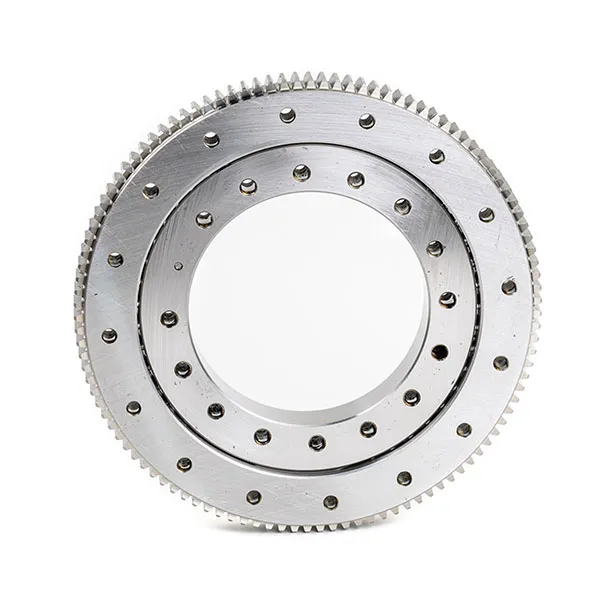Crossed roller bearings are precision bearings used in applications requiring high stiffness, rotational accuracy, and load-bearing capacity. Proper installation is crucial to ensure smooth operation and longevity.Installing cross roller bearings correctly is crucial for their performance and longevity.
Crossed Roller Bearing Installation

I. Preparation is Key
Cleanliness: This is paramount. Cross roller bearings are highly sensitive to contamination.
Work Area: Clean your workbench or work area thoroughly. Use a lint-free cloth and a suitable solvent to remove any grease, dirt, or debris.
Bearing: Inspect the bearing out of its packaging. Look for any signs of damage (dents, scratches, rust) on the rollers, races, and cage. Clean the bearing if necessary, but be very gentle. Avoid harsh solvents that might damage the lubricant. Many bearings come pre-lubricated and sealed; excessive cleaning could remove the essential lubrication. If cleaning is necessary, use a solvent compatible with the existing lubricant and re-lubricate with a high-quality grease that meets the bearing’s specifications.
Housing and Shaft (or Mating Components): Thoroughly clean the housing bore (where the outer ring will sit) and the shaft (or mounting surface where the inner ring will sit). Remove any burrs, dings, or paint. Use a bore gauge and micrometer to verify that the dimensions are within the specified tolerances for the bearing’s installation.
Inspection:
Bearing: Visually inspect the bearing for any damage incurred during shipping. Rotate the rings gently to feel for any roughness or binding.
Housing and Shaft/Mating Parts: Check for proper dimensions and roundness. Out-of-round or undersized/oversized components can cause preload issues, premature wear, and reduced bearing life. Refer to the bearing manufacturer’s specifications for recommended fits and tolerances.
Confirm Bearing Type: Understand whether you are installing a split inner ring, split outer ring, or an integrated bearing. Each type requires a slightly different installation approach.
Tools:
Bearing Heater (Optional but Recommended for Larger Bearings): Heating the bearing to expand it slightly makes installation much easier and reduces the risk of damage. Use a controlled bearing heater, never an open flame.
Installation Tool/Press: A bearing press or a properly sized installation sleeve is crucial for applying even pressure during installation. Avoid hammering directly on the bearing rings.
Torque Wrench: Use a calibrated torque wrench to tighten the mounting bolts to the specified torque.
Dial Indicator/Gauge: For checking runout and alignment after installation.
…
For more detailed information on the correct installation method of cross roller bearings, please click here: https://www.mcslewingbearings.com/a/news/crossed-roller-bearing-installation.html



